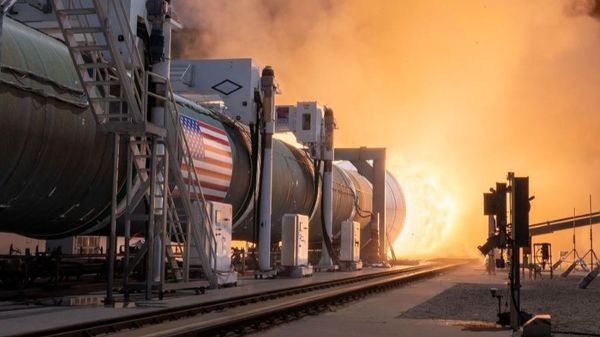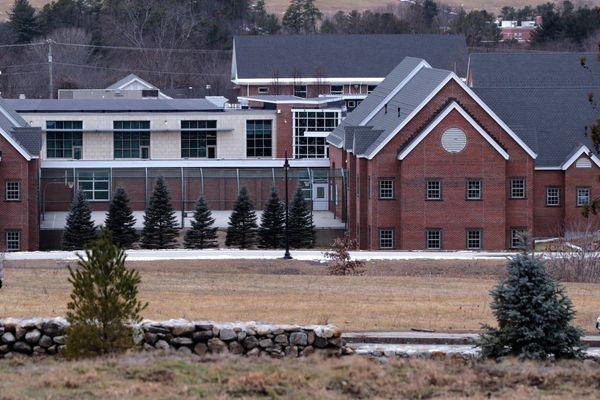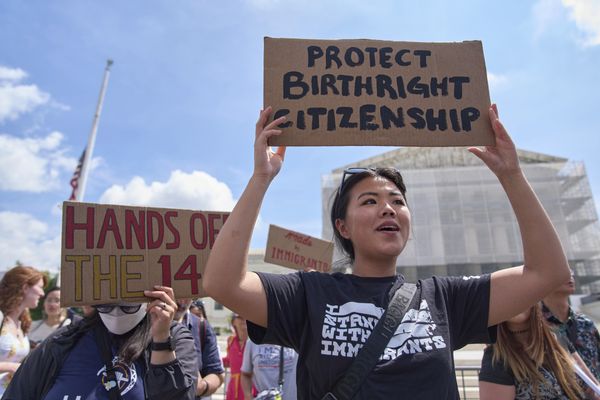
The US Department of Defense is significantly expanding a militarised zone along the southern border in Texas, granting troops the authority to detain individuals for potential federal prosecution on charges of trespassing within a national defence area.
The Air Force announced on Monday the annexation of a winding 250-mile (400-kilometre) stretch of the border. This expansion comes amid a broader buildup of military forces initiated under President Trump's declaration of a national emergency at the border.
This newly designated national defence area, running along the Rio Grande, spans two Texas counties and borders cities including Brownsville and McAllen. It will be treated as an extension of Joint Base San Antonio.
The Air Force has stated its readiness to immediately install warning signs prohibiting entry into the zone.
The military strategy was pioneered in April along a 170-mile (275-kilometer) stretch of the border in New Mexico and expanded to a swath of western Texas in May. Hunters, hikers and humanitarian aid groups fear that they will no longer have access.
In the newest national defense area, military responsibilities include “enhanced detection and monitoring” and "temporarily detaining trespassers until they are transferred to the appropriate law enforcement authorities,” the Air Force said in a news release.

At least three people have been directly detained by troops in New Mexico for processing by Border Patrol. More than 1,400 immigrants have been charged with incursions into the national defense areas, a criminal misdemeanor punishable by up to 18 months in prison.
Court challenges to the charges have met with mixed results.
The militarized border zone is a counterpoint to the deployment of roughly 4,000 National Guard troops and 700 Marines to Los Angeles following protests over Trump’s stepped-up enforcement of immigration laws.
The troop deployments are testing the limits of the Posse Comitatus Act, which prohibits the military from conducting civilian law enforcement on U.S. soil.
Arrests at the border for illegal entry have decreased dramatically this year.







